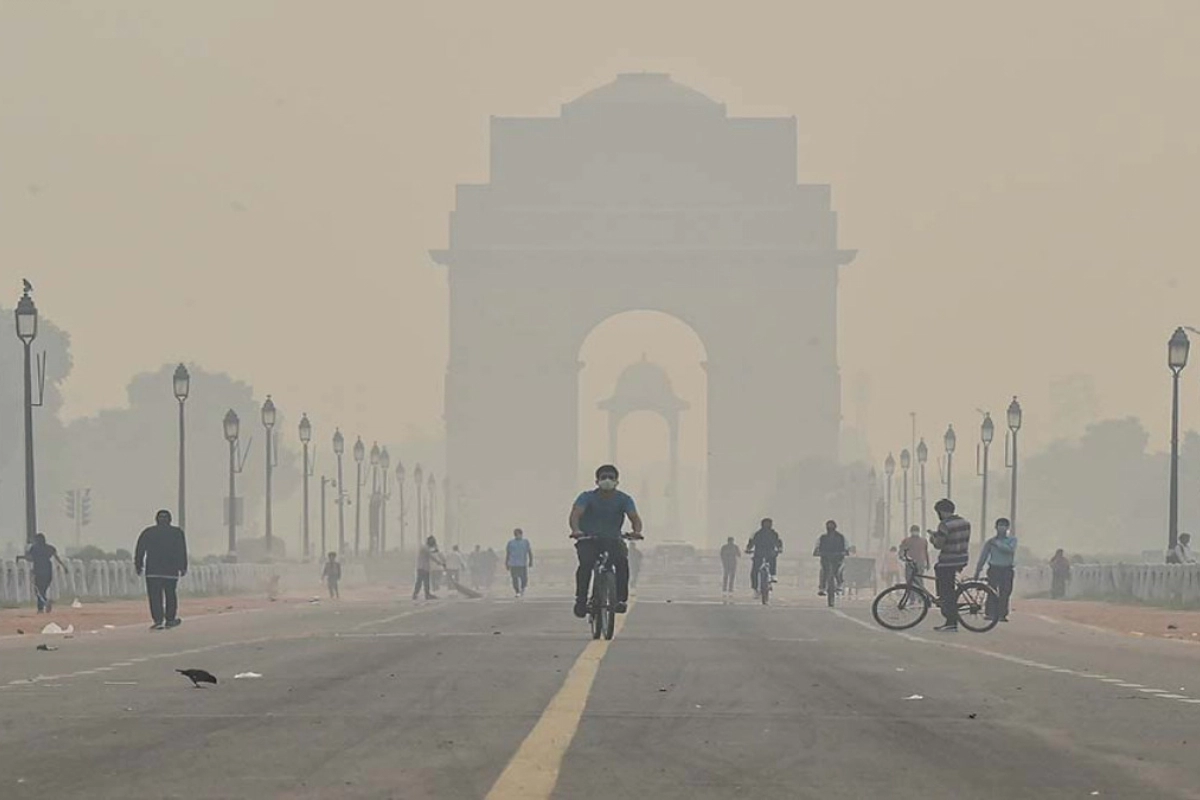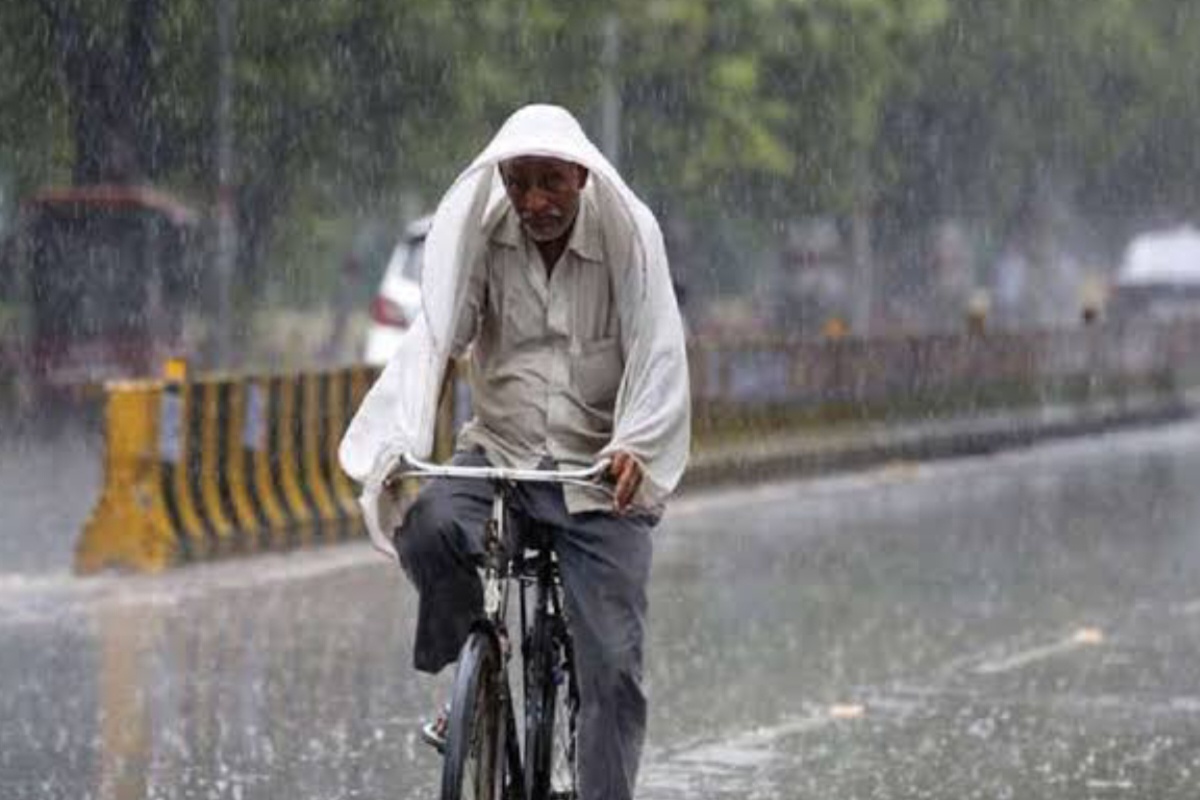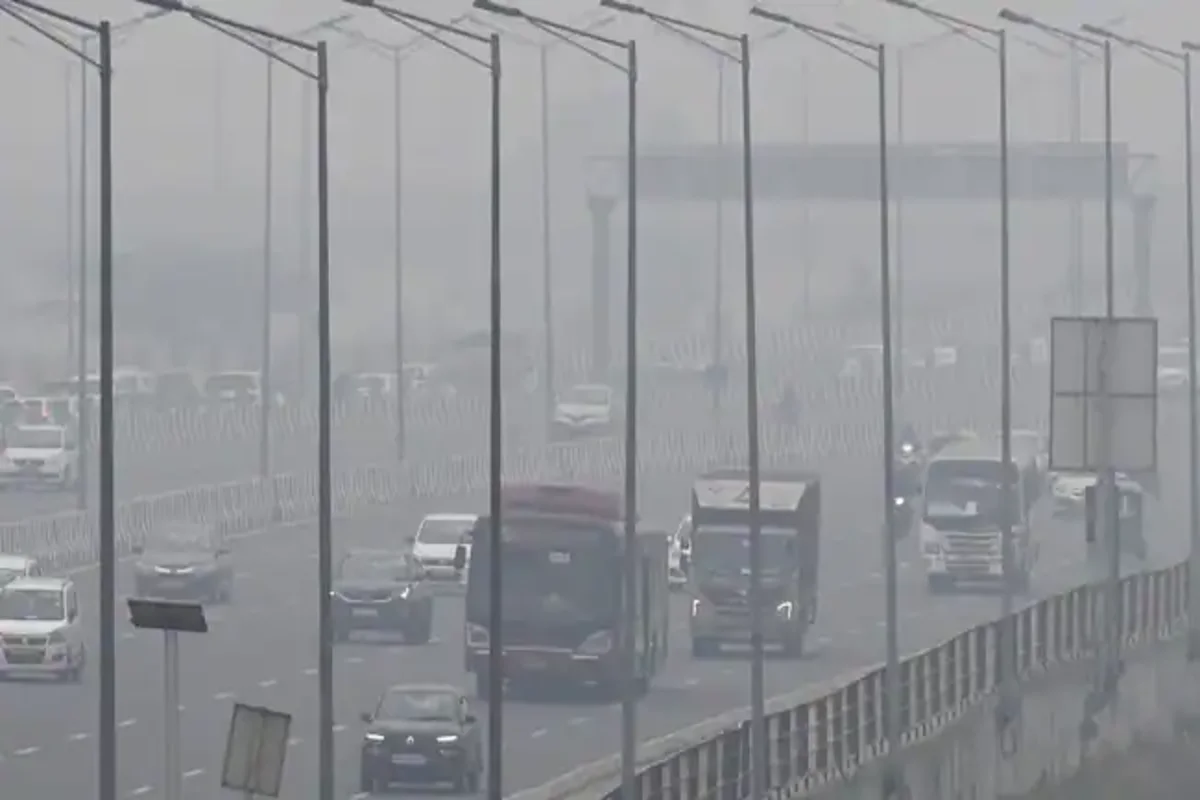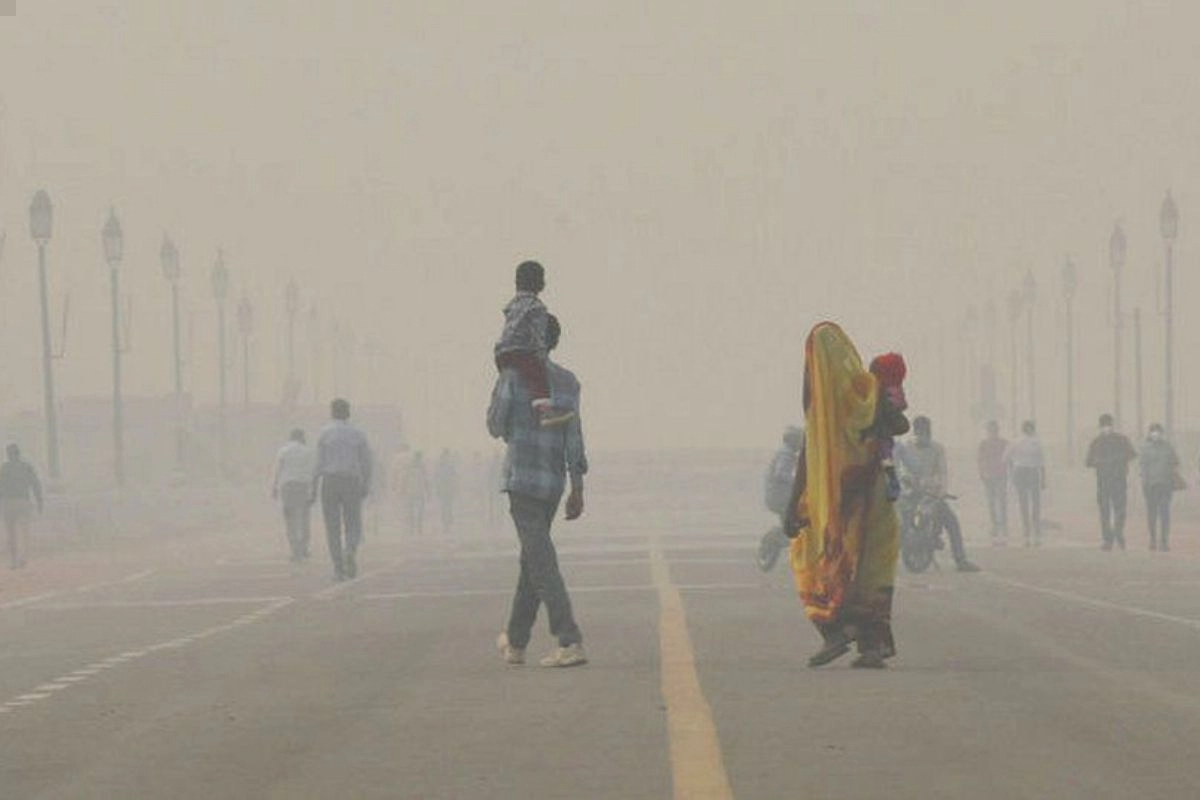Delhi air quality: Delhi’s air quality remained ‘very poor’ on Tuesday morning. Delhi registered an AQI of 323 while in Noida the AQI was 342. Air quality in the range of 301-400 can cause respiratory illness on prolonged exposure.
The morning after Diwali, Delhi’s air quality was recorded ‘very poor’ amid an increase in stubble burning and bursting of crackers. Delhi recorded an AQI of 323 on Tuesday morning. Noida, which is part of the national capital region along with Delhi and Gurugram, topped the chart with an AQI of 342.
Red zone
The System of Air Quality and Weather Forecasting and Research (SAFAR) had earlier predicted that the air quality may plunge to ‘severe’ levels on Diwali itself and will remain in the red zone for one more day.
Air quality in the range of 301-400 can cause “respiratory illness on prolonged exposure”. AQI of 401-500 “affects healthy people and seriously impacts those with existing illnesses”.
According to data from 40 monitoring stations listed on the government website showing the National Air Quality Index, Lodhi Road registered an AQI of 273, Gurugram had an AQI of 245 and Madhura recorded an AQI of 322 at 6:30 am today.
Peak time
Pollution levels peaked at around midnight as high-decibel firecrackers thundered throughout Diwali night, but started improving post 1 am due to favorable climatic and meteorological conditions.
The air quality in Ghaziabad (301), Noida (303), Greater Noida (270), Gurugram (325) and Faridabad (256) was reported in the ‘poor to very poor’ category on Monday as well.
On Diwali day Delhi was the most polluted city in the world, followed by Lahore in Pakistan, according to IQAir. However, as per the Central Pollution Control Board (CPCB), the city’s air quality was still the best for Diwali day in four years. Last Diwali, Delhi recorded an AQI of 382, 414 in 2020; 337 in 2019, and 281 in 2018.
Keep watching our YouTube Channel ‘DNP INDIA’. Also, please subscribe and follow us on FACEBOOK, INSTAGRAM, and TWITTER












